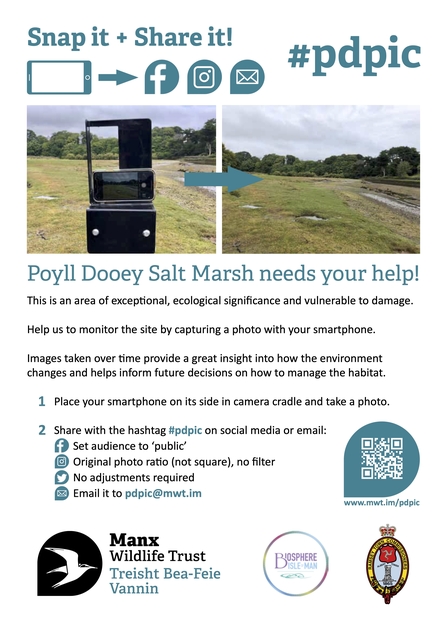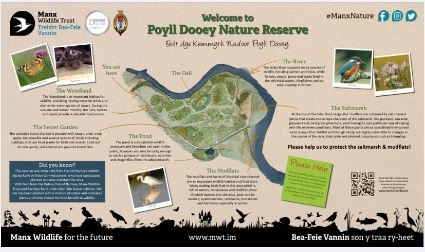
What is salt marsh?
Salt marshes are coastal wetlands, flooded by saltwater during hightide. They are well-sheltered intertidal areas, usually situated in a river estuary.

The continuous variation in exposure results in a very specific environment, offering a unique habitat to rare and highly adapted species which can tolerate these severe environmental changes and saline conditions.

The sheltered conditions allow marine sediment to form and as a result, soil rooted plants can take hold providing the basis of a very specific habitat. These plants are the primary species for coastal succession and provide the basis of a very specialised ecosystem of animals and birds.

Why are salt marshes important?
In addition to playing a critical role in the aquatic food web, salt marshes can also protect cities and towns from coastal flooding by absorbing the influx of water during storm surges and providing buffers between the sea and homes and businesses.
Furthermore, they absorb large quantities of the greenhouse gas carbon dioxide from the atmosphere and store it, thus decreasing the effects of global warming. These types of habitat are known as carbon sinks and contain large stores of carbon accumulated over hundreds to thousands of years.
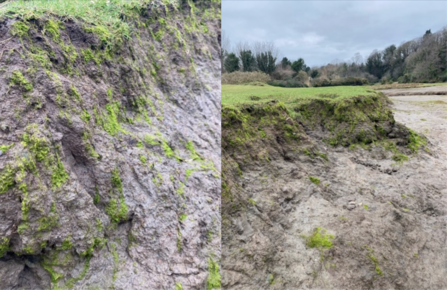
What species might you see?
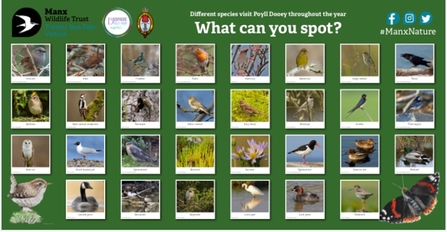
Poyll Dooey’s salt marsh, mudflats, woodland and pond are home to a wide variety of plant, invertebrate and bird species.
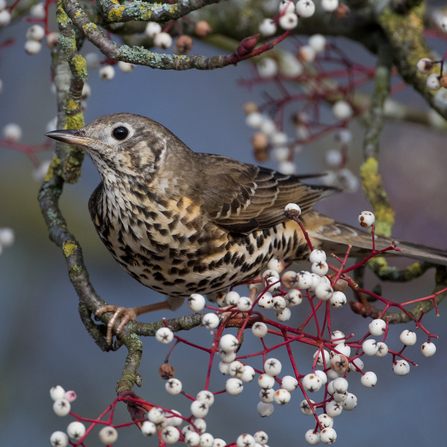
Mistle thrush - Donald Sutherland
During the Spring, look out for the mistle thrush, song thrush and purple sandpiper. tortoiseshell butterflies can be seen on warm, sunny days.
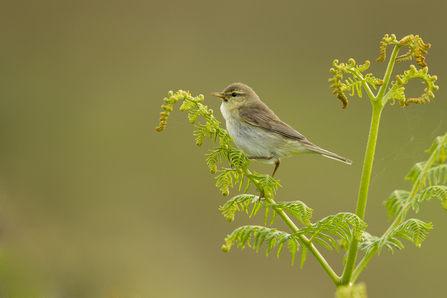
Ben Hall/2020VISION
In the summer months, you may spot chaffinch and willow warblers. Willow warblers are ground nesting so be careful to avoid straying from the paths during the summer months.
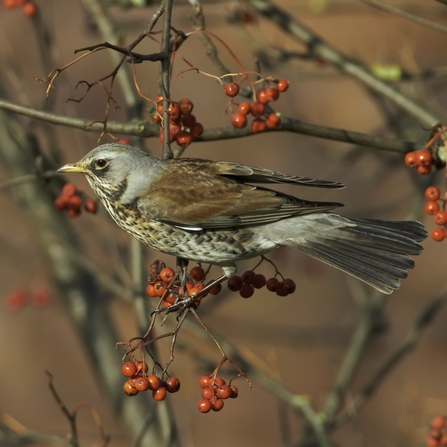
Fieldfare (Turdus pilaris) - Richard Steel/2020VISION
During autumn, the fieldfare and the redwing arrive from Scandinavia. They can be spotted feeding on berries in the hedgerows.
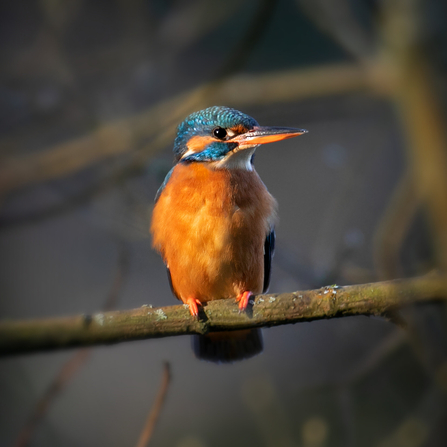
Kingfisher - Jon Hawkins Surrey Hills Photography
Over the winter, Treecreepers can be spotted searching for insects on the tree trunks. Kingfishers can be spotted, brightly coloured against the river backdrop.
What can you do to help?
The best way to protect this valuable habitat is to avoid walking, cycling and exercising dogs on the salt marsh. This helps to prevent devastating erosion which would certainly result in the loss of habitat and therefore a loss of biodiversity.
Help us track the salt marsh!
By taking a photograph with your smartphone or tablet and posting it with the hashtag #pdpic, you can help us to monitor the salt marsh area and the changes in this valuable coastal habitat.
